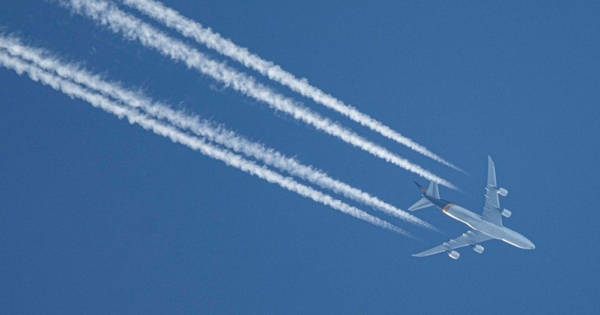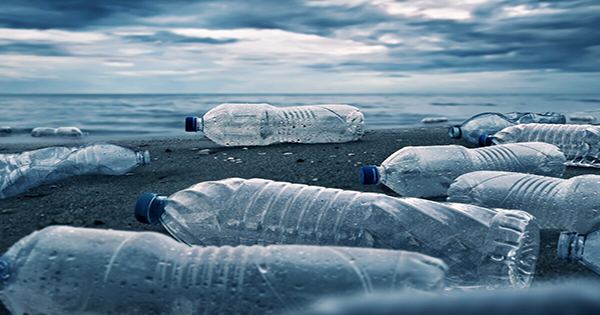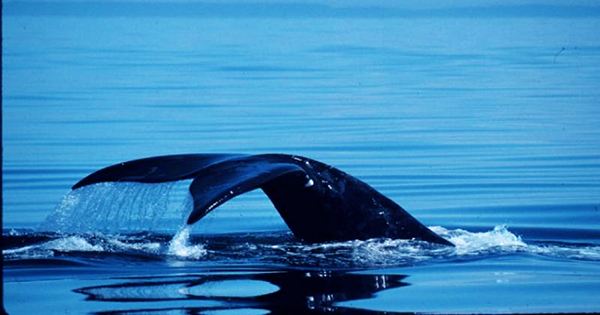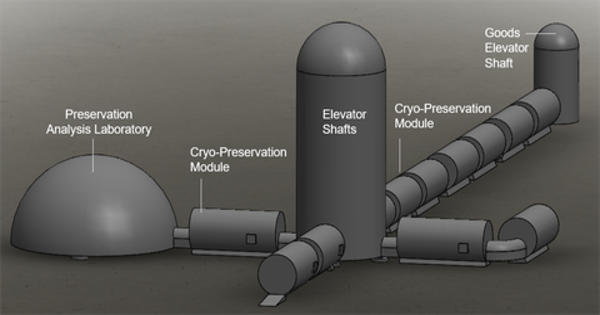In Prudhoe Bay, Alaska, a recent study led by the WCS found that nest survival significantly decreased close to high-use oil and gas infrastructure and its associated noise, dust, traffic, air pollution, and other disturbances.
Intense energy development is taking place in Prudhoe Bay, which is also situated on the Arctic Coastal Plain, one of the most significant avian breeding sites in the world. Millions of birds breed here, and some migrate through all 50 states to wintering areas in Central and South America and even Africa. Other birds cross the Pacific Ocean to destinations such as Russia, China, Japan, Australia, New Zealand, and Antarctica.
The findings, described in the Journal of Avian Biology, come as the U.S. recently approved the $8 billion Willow oil project a controversial, long-term effort to drill in Alaska’s largest remaining untouched wilderness in the U.S., the 36,875 square mile National Petroleum Reserve (NPR-A) west of Prudhoe Bay.
The Teshekpuk Lake Special Area is one of five areas in the NPR-A that have been set aside from production due to considerable biological importance or subsistence value, in this instance nesting ducks and shorebirds as well as caribou. Teshekpuk Lake Special Area is bordered by Willow’s proposed infrastructure.
In the face of current uncertainty, to protect migratory birds, the U.S. Government should ensure the most important bird areas continue to be set aside, as has been done through the NPR-A’s Special Areas.
John Calvelli
Martin Robards, Regional Director of WCS’s Arctic Beringia Program and an author of the study, said, “Tundra-breeding birds contend with short breeding seasons, harsh climatic conditions, and now, rapidly changing, variable, and unpredictable environmental conditions caused by climate change. Additionally, as we demonstrate here, those breeding in industrial areas are impacted by human activities too. The urgency to better understand these relationships and mitigate impacts cannot be expressed strongly enough, given widely acknowledged declines in these species, our national and global obligations to protect migratory birds, and that the potential impacts that are large.”
Between 2003 and 2019, the research team examined the variables affecting the reproductive characteristics of breeding birds at Prudhoe Bay. They kept an eye on 231 waterfowl nests, 378 passerine (songbird) nests, and 1,265 shorebird nests. They discovered a significant decline in nest survival that had not previously been noted in earlier short-term research when it came to high-use infrastructure.
The authors point out that although long-term records are uncommon in the Arctic, they are essential for comprehending how both climate change and rising anthropogenic activity affect breeding birds.
A number of factors related to industrial development, such as altered hydrology and road dust, increased nest predator populations linked to development, such as ravens, Arctic foxes, and other species, and noise and air pollution, may have a direct or indirect impact on nesting.
John Calvelli, WCS Executive Vice President for Public Affairs, said, “In the face of current uncertainty, to protect migratory birds, the U.S. Government should ensure the most important bird areas continue to be set aside, as has been done through the NPR-A’s Special Areas.”
















